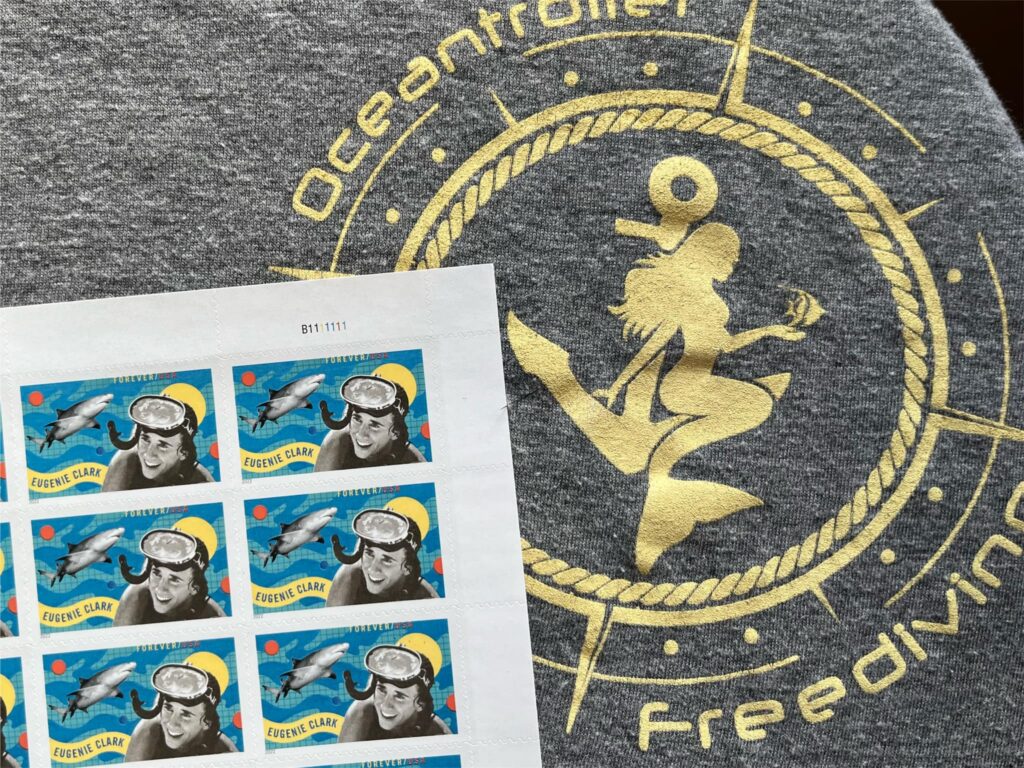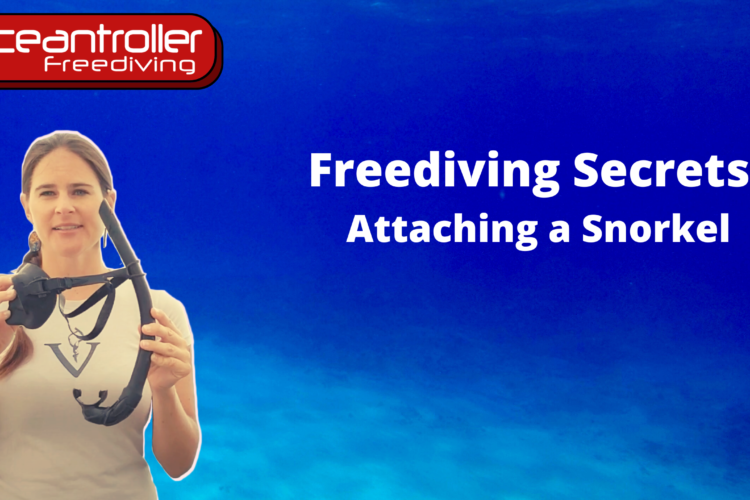
Got these really sweet stamps at the US post office today! ![]() The post office clerk asked, who is Eugenie Clark?
The post office clerk asked, who is Eugenie Clark?
Eugenie Clark was known as “The Shark Lady”. She was a famous ichthyologist (aka fish biologist). In addition to being known for her studies on shark behavior, she also helped pioneer scientific scuba diving.
Avatar: The Way of Water is making waves because the majority of the movie was actually filmed underwater! The groundbreaking technology to film underwater captured stars who were acting on breath-holds learned from freediving courses. Oceantroller Freediving had the privilege to assist in training staff onset of the Avatar movie. Freediving training for Hollywood actors isn’t uncommon and has been done for other Hollywood movies such as Mission Impossible, Suicide Squad, Black Panther: Wakanda Forever and Reminiscence. Of course, this would lead to an unofficial breath-holding competition amongst the stars. Kate Winslet won by achieving a breath-hold of over 7 minutes in Avatar: The Way of Water, beating out Tom Cruise’s breath-hold of over 6 minutes. But you don’t have to be a movie star to learn to freedive or hold your breath longer. The average person is physiologically capable of holding their breath for 3-4 minutes if they know the right techniques and safety protocols.
Join Oceantroller Freediving to learn how to dive deeper, hold your breath longer and safer through one of our Level 1 Freediving Courses. Click the link to learn more –> https://oceantroller.com/courses/freediving-level-1/






